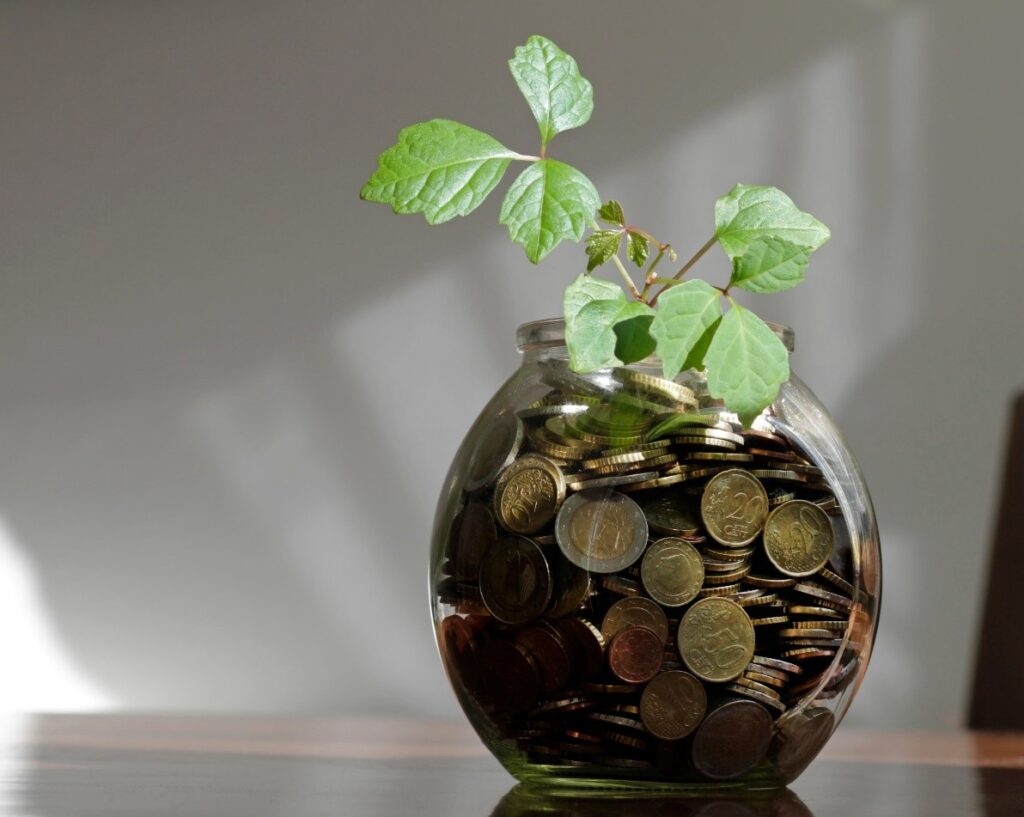The intersection of finance and sustainability
I recently visited Rockit, the fintech and sustainable finance hub in Vilnius, Lithuania.

Lithuania is tapping into opportunities at the intersection of the green agenda and finance
Overall, I was very struck by how forward-looking the Lithuanians are.
I met with Vaida Cesnuleviciute, Lithuania’s vice minister of finance, who told me about the country’s plans for the future. The government wants to balance a regulatory framework with innovation and a start-up ecosystem. It has set ambitious targets for becoming energy-independent through renewables by 2030 while strengthening its position as a European fintech hub.
A key market strength is the willingness of the country’s businesses and government to collaborate and how available they are for each other. While at Rockit, I observed politicians, entrepreneurs, and business folk meeting over coffee.
According to vice minister Cenuleviciute, they increasingly see opportunities at the intersection between the green agenda and finance.
One company that exemplifies this is HeavyFinance, a climate tech company I was introduced to.
Founded in 2020, HeavyFinance combines fintech with sustainable agricultural practices.
It is a regulated financial institution with an ECSP (crowdfunding) licence. It functions as a marketplace sitting between investors, farmers with carbon credits, and those looking to buy credits for offsetting purposes.
Its goal is to eliminate one gigatonne of CO2 emissions by 2050 by supporting regenerative farming methods such as no-till farming, substituting chemical fertilisers with organic fertilisers, crop rotation, and cover crops.
Regenerative farming enhances soil health and facilitates carbon sequestration (removal). Crops absorb carbon through photosynthesis. They then push the carbon 35cm into the ground through their root systems, creating a carbon store. Ploughing results in the carbon oxidising into CO2, so no-till means keeping that CO2 locked in the ground, and this sequestered CO2 has a value as a carbon credit.
However, transitioning to regenerative from “traditional” farming techniques is costly.
HeavyFinance offers collateralised, interest-free loans to small and medium-sized farms to enable the shift.
In return for the loan, the farmers allocate a share of the carbon credits they generate to HeavyFinance, which pools the credits.
HeavyFinance then sells these credits to organisations looking to buy high-quality carbon credits for offsetting purposes.
Due to the considerable costs of generating verifiable carbon credits, carbon trading is only practical when done at scale – for example, 20,000 hectares.
HeavyFinance’s model, therefore, means that even a small farmer can access the carbon markets as their acreage becomes part of a larger pool.
The company employs agronomists who use validated measurement methods to analyse soil samples before and after the introduction of regenerative practices.
Critically, this ensures tangible, measurable carbon sequestration KPIs that substantiate the carbon credits.
The agronomists also consult with farmers on best practices to help reduce their environmental footprint and guide them towards becoming carbon farmers by adopting practices that actively remove CO2 from the atmosphere.
Initially, the company targeted farmers already practising sustainable and regenerative agriculture, helping them to expand their operations.
The strategy has now evolved to include conventional farmers interested in transitioning to sustainable methods.
The company is focused on expanding its carbon farming projects within Lithuania and Poland, with Poland being the primary market where about 70,000 hectares are enrolled. In Lithuania, 15,000 hectares are involved in these initiatives. They are anticipating this will grow to 200,000 in 2024.
Another massive benefit of no-till is that it ensures the soil is not washed away into rivers. Under current intensive farming methodologies, if a field is ploughed, topsoil is removed by the rain, finding its way into the nearest local river and then on into the sea.
According to Darius Verseckas, co-founder and CMO of HeavyFinance, the firm already has over 10,000 primarily retail investors who, according to its website, earn a weighted average of more than 12% yield.
Although it is firmly in the alternative investment bracket, investors view it as a traditional lending product with an upside. The farmers’ loans are collateralised, but investors get access to the carbon credit market, which is new.
Darius told me the company has observed two kinds of retail investors: those that put in a few hundred euros every month (its minimum investment threshold is 100 euros) and those that put in more considerable lump sums, demonstrating a broad appeal.
The number of issues HeavyFinance has looked to solve is impressive, from helping farmers move to regenerative methods, pooling fractional amounts of carbon credits into tradable volumes, and providing an attractive but regulated new investment opportunity.
I personally feel very passionate about what HeavyFinance is doing.
Much of the citizen science work I have been doing on rivers in the UK shows what can happen when soil is washed into waterways from fields. It brings fertilisers which nutrify rivers, causing imbalances in nature and, ultimately, eco-catastrophes. No-till and organic methods stop this from happening.
About the author
 Dave Wallace is a user experience and marketing professional who has spent the last 30 years helping financial services companies design, launch and evolve digital customer experiences.
Dave Wallace is a user experience and marketing professional who has spent the last 30 years helping financial services companies design, launch and evolve digital customer experiences.
He is a passionate customer advocate and champion and a successful entrepreneur.
Follow him on Twitter at @davejvwallace and connect with him on LinkedIn.










































